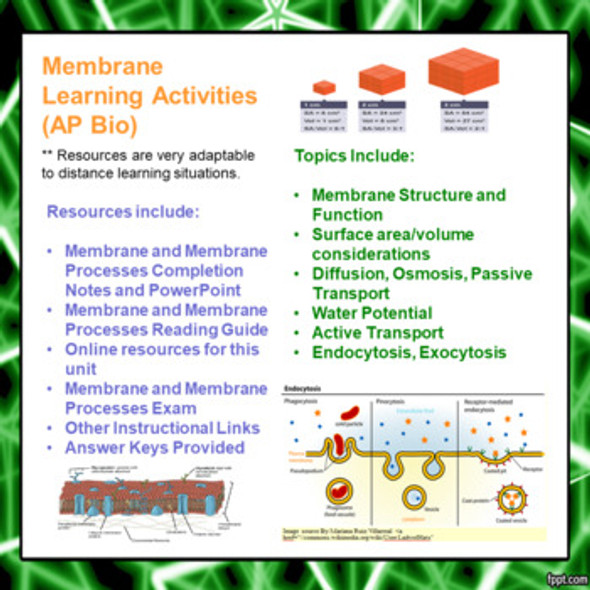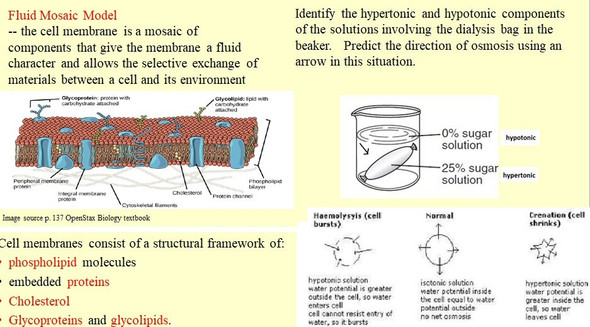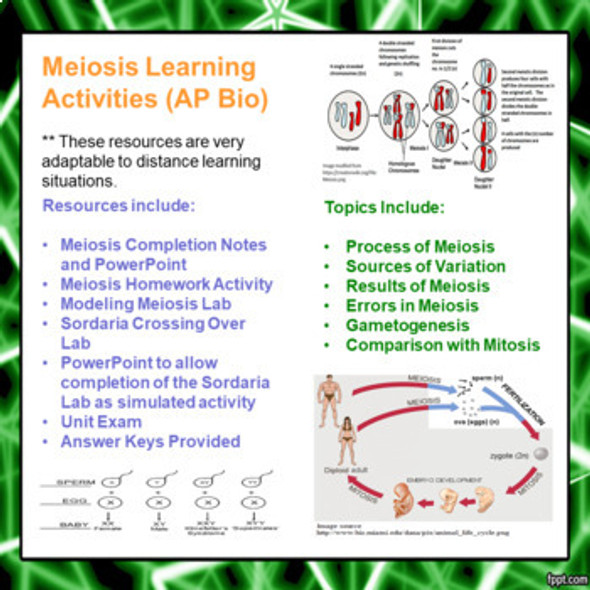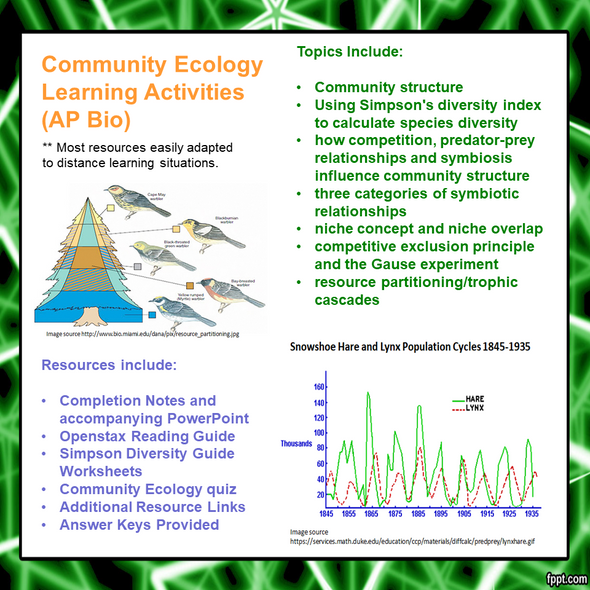Immunity Learning Activities for AP Biology (Distance Learning)
- Bulk Pricing:
- Buy in bulk and save
- Contributor:
- Monday's Rescue
- Grade Level:
- 9-12
- Product Type:
- Learning Package (Notes, PowerPoint, Structured Controversy, Homework)
- File Type:
- doc, pdf, ppt
- Pages:
- 50
- Answer Key:
- Yes
Description
This package of learning materials addresses topics taught in AP Biology or other upper level biology classes on the topic of immunity. Some of the topics addressed include specific and non-specific immune defenses, passive and active immunity, innate immunity, cell mediated versus and humoral immunity, allergies, anaphylactic reactions and autoimmune diseases. The specific learning objectives and standards are addressed at the end of the package description. This unit has been correlated to the NGSS and Common Core learning standards. Except where this unit pertains to cell communication, teaching this entire unit is not required in the 2019-2020 AP Biology updated curriculum.
All materials are may be modified by you to suit your needs and those of your students. Documents are available in both word and pdf format. Many of these materials may suitable for use in a flipped classroom.
The file contains 38 pages of student learning materials and one 50 slide PowerPoint.
The answer keys to all activities and the nervous test are included.
The specific contents of the learning package includes the following items (the page count for these items are actual student handouts as answer key page counts are not included):
-- Learning Goals, NGSS Correlations and Common Core Learning standards correlations (3 pages)
-- Immunity Completion Notes (15 pages)
-- PowerPoint to accompany the Immunity Completion Notes (50 slides)
-- Nervous Reading Worksheet (correlated to the free Openstax Biology text but can be used with other information sources) (13 pages/63 short answer questions)
-- Chicken Pox Parties and Lollipops Activity (6 pages)
-- Links to other web based Immunity Resources (1 page)
-- Immunity Exam (24 multiple choice and 2 short answer questions) (3 pages)
Immunity Learning Goals
Upon the completion of this unit the student will be able to:
1. briefly discuss the nonspecific immune responses in plants and some invertebrates.
2. compare the size, number and nucleation of white blood cells with red blood cells and platelets.
3. define phagocytosis, and list two types of phagocytic cells derived from white blood cells.
4. identify two conditions associated with an increase in white blood cell numbers.
5. explain how lymph nodes and the lymph system are associated with immunity.
6. explain the difference between antigens and antibodies.
7. explain the difference between innate and acquired immunity.
8. distinguish between passive acquired immunity and active acquired immunity.
9. list two ways of attaining passive acquired immunity.
10. list two ways of attaining active acquired immunity.
11. in several sentences explain the difference between humoral and cell mediated immunity.
12. discuss the role of B-lymphocytes.
13. explain the concept of antibody specificity.
14. list four functions of antibodies.
15. explain how B-cells undergo the process of clonal selection and what the purpose of this process is.
16. explain the difference between the primary and secondary immune response.
17. state the function of memory cells.
18. explain how helper T-cells are activated.
19. state three different functions of helper T-cells.
20. list five functions of cytotoxic T-cells.
21. state the function of the protein perforin.
22. state the function of T-suppressor cells.
23. explain how macrophages are activated and discuss how it improves their functioning.
24. state the function of natural killer cells.
25. describe the interdependence of cell mediated and humoral immunity.
26. describe what an allergy is.
27. explain the role of mast cells in allergies and anaphylactic reactions.
28. explain the difference between histamine and an antihistamine.
29. explain what an anaphylactic shock is and some common triggers of this reaction.
30. explain what is meant by an autoimmune disorder and list some diseases associated with this.
31. recognize immunodeficient individuals are more susceptible to cancer than normal individuals.
32. state the infectious agent that causes AIDS and explain how it weakens the immune system.
33. explain how AIDS is transmitted and why it is difficult to produce vaccines to protect uninfected individuals.
NGSS Learning Standard
HS-LS1-2. Develop and use a model to illustrate the hierarchical organization of interacting systems that provide specific functions within multicellular organisms.
Common Core State Standards Connections:
ELA/Literacy
RST.11-12.1 Cite specific textual evidence to support analysis of science and technical texts, attending to important distinctions the author makes and to any gaps or inconsistencies in the account.
WHST.9-12.2 Write informative/explanatory texts, including the narration of historical events, scientific procedures/ experiments, or technical processes.
WHST.9-12.9 Draw evidence from informational texts to support analysis, reflection, and research.
Mathematics
MP.4 Model with mathematics.
Terms of Use
Purchase of the product is for classroom use by the purchaser only. It is a violation for individuals, schools, and districts to redistribute, sell, or post this item on the Internet.
This work is licensed under a Creative Commons Attribution-NonCommercial-ShareAlike 4.0 International License.
This learning package bundle is part of the AP Biology Complete Course. The complete course contains 22 learning package bundles in addition to this one. Save nearly 60% over the cost of buying 23 individual unit learning bundles with your purchase of the complete course.
Check out Monday's Rescue for more great resources!














